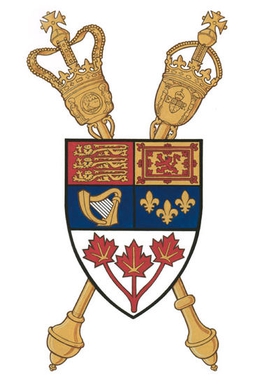In the last few months of #Castlereagh200 threads we've covered a lot of ground, looking at many stressors that put Castlereagh's #MentalHealth at risk.
Now that we're only days from the bicentenary of his death, let's look at some conclusions.
#twitterstorians
1/
Now that we're only days from the bicentenary of his death, let's look at some conclusions.
#twitterstorians
1/

First, the stress on Castlereagh was cumulative and pervasive. The downward spiral that he experienced in the weeks preceding his suicide was only the final chapter in a story that had been developing for yrs. The overlap between the professional and the social made it worse.
2/
2/
Castlereagh was arguably a successful policymaker. But what did that require? He had to be a strategist, a tactician, a courtier, a whip, an orator, a master of protocol, an ambassador, a traveller, a negotiator, a socialite, and a political campaigner.
3/
3/
As with anybody, Castlereagh's personality was better suited to some of these roles than others. Also, he had to be all these things with the assistance of institutions that were struggling to adapt to exponential growth in the volume and complexity of government business.
4/
4/

This brings me to another point: macro trends in the political environment exacerbated mental health risks. A combination of cheaper media and a more politicized populace meant that, for a cabinet minister, escaping the noise of politics was growing more difficult.
5/
5/
Also, increasingly radicalized political discourse resulted in more frequent personal attacks on politicians. Printed text and images that dehumanized, strongly implied violence, or encouraged self harm created a palpable air of tension which Castlereagh (and others) felt.
6/
6/

Rapid global change, struggling institutions, political radicalization, a step-change in volume of political media--I'll go out on a limb here and suggest that, just maybe, these trends are still relevant today.
7/



7/




Finally, Castlereagh's case points to some mental health risks that are embedded within the conventions of Westminster government and, in some cases, government more broadly:
8/

8/


First, the most basic responsibility of a policymaker--making decisions on public issues--creates tension and stress. The very act of making a policy decision will create animosity in some and assuage others, it could improve lives, or worsen them. Pressure is huge.
9/
9/
Second, in several cases Castlereagh and his Cabinet colleagues provided their best advice to the Crown, only to have the advice ignored in favour of policies that they thought much more damaging. Even so, they loyally tried to implement the ultimate decision.
10/
10/
Castlereagh and the Cabinet were practicing what has become an unofficial motto of the professional civil service: To fearlessly advise, but loyally implement. This is a very important concept in the constitutional balance, but one that can raise serious value conflicts.
11/
11/
Finally, Castlereagh's defence of unpopular policies in Parliament greatly contributed to public animosity towards him. He was upholding the idea of collective ministerial responsibility--a bedrock of cabinet govt. But collective responsibility can breed individual stress.
12/
12/

This isn't to imply that these Westminster conventions are problematic--they're incredibly important. What *is* problematic is not being aware of the mental health risks embedded within the conventions and, hence, failing to account for them.
#MentalHealthAwareness
13/
#MentalHealthAwareness
13/
August 12 will mark the bicentenary of Castlereagh's suicide--200 years largely dominated by debates about his policies. I would argue that part of his legacy should be a stark reminder that our democratic institutions are only as healthy as the people who comprise them.
14/14
14/14

@threadreaderapp unroll
• • •
Missing some Tweet in this thread? You can try to
force a refresh


















